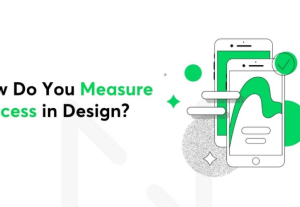- Customer Experience, Design, Design Theory, Usability, UX Education, UX Magazine
The divide between UX/UI Designers and CX Designers has started and it will deepen and widen before settling into a very new normal. Learn what future holds for CX/UX professions.
Article by Debbie Levitt
2-Year Prediction for CX/UX Professions
- Debbie Levitt gives 2-Year Prediction for CX/UX Professions where there are and will be 2 groups:
-
- UX/UI Designers, UI/UX Designers, UX Designers, and Product Designers are often (but not always) visual designers who make wireframes
- CX Researchers, CX Architects, CX Visual Designers, CX Content Strategists, and CX Data Scientists
- UX/UI Designers are often visual designers who make wireframes and rarely have extensive knowledge of cognitive psychology, human behavior, and the true foundations of User Experience.
- The CX Visual Designers believe in User-Centered Design, Human-Centered Design, in complete customer-centricity and put it into practice in every phase and every step of every task.
- In the course of the next 2 years the world will keep fighting and trying to explain “the value of design” and “reasons to be customer-centric” in order to “save” CX and UX.
Share:2-Year Prediction for CX/UX Professions
Share this link
- March 23, 2022
12 min read







